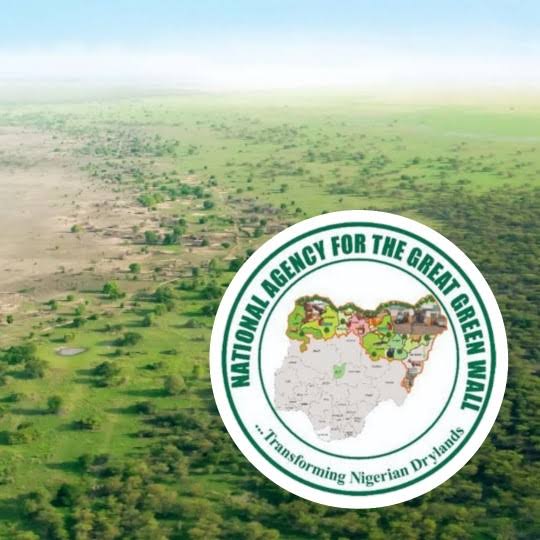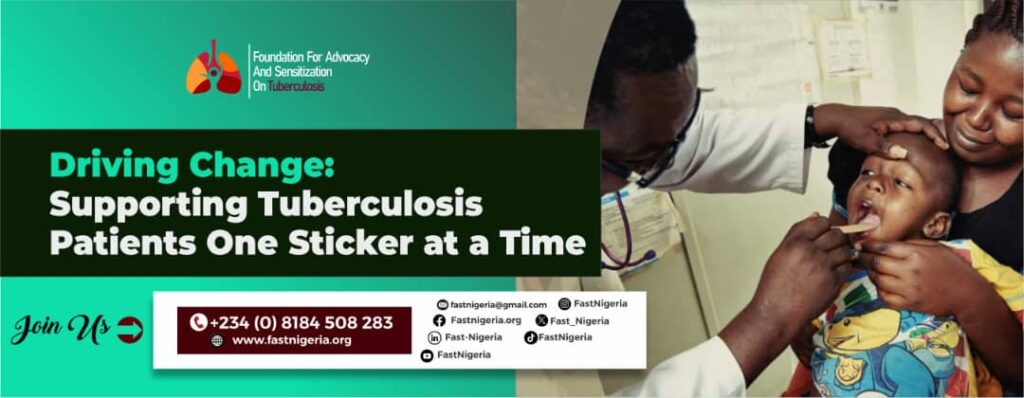Opinion
The success story of Nigeria’s Great Green Wall project

By Mustapha Mohammed
Climate crisis perhaps, is the greatest threat to inhabitants of this earth in this century. The twenty first century has witnessed and continues to witness a lot of environmental disasters.
High temperature as a result of green house gas emissions, which lead to faster melting of ice in Antarctica, and deforestation which leads to drought and rising level of sea waters and floods across the globe. Rivers and lakes receding and drying up, like lake chad. All these resulting in greater climatic changes.
In 2010, it was estimated that over 70 million Nigerians were directly or indirectly experiencing the negative impact of drought and desertification, which affected the livelihood of over 55 million people, especially farmers.
Desertification has debilitating economic and environmental consequences, affecting over 70 million Nigerians, and degrading 75 million hectares of land. It also affects 1.4 billion people worldwide, out of which over 70 per cent consists of the poor population.
According to available reports, droughts have occurred in Nigeria during the periods 1914, 1924, 1935, 1943, 1951-1954, 1972-1973 and 1991-1995.
The direct and indirect impacts of these droughts have been very enormous with respect to environmental degradation, large scale crop failure and loss of livestock, as well as human displacement and migration, diseases outbreak and death.
The cumulative effects of these drought have been expressed in increasing levels of poverty and environmental degradation which has retarded Nigeria’s ability to achieve the intended Sustainable Development Goals (SDGs).
These droughts and desertification have resulted in deforestation, and other environmental hazards, that have not just affected humans only, but their farmlands, water and food supplies, but have also destroyed animal and birds habitats, especially in frontline states of Borno, Yobe, Kano, Bauchi, Gombe, Katsina, Sokoto, Kebbi, Zamfara and Jigawa.
Nigeria, which a is signatory to the Pan African Great Green Wall ( PAGGW) African Union’s Great Green Wall initiative, took the bold step in signing the Act for the new agency in 2015. There are eleven member countries. Some countries are struggling to be part of the scheme because if it’s successes.
The Great Green Wall of the Sahara and Sahel, is an African Union initiative to convert desertification, reduce poverty and adress the effect of climate change and desertification.
The target of the programme is to address the severe problems of climate change which has resulted in drought, desertification and caused poverty in the Nigeria’s northern eleven frontline states of Adamawa, Borno, Kano, Katsina, Jigawa, Sokoto, Yobe, Zamfara, Bauchi and Gombe states.
With strategic work plan to address afforestation and land management, renewable energy delivery, rural infrastracture assisted project /activities, job creation/employment generation, capacity building and development, monitoring and evaluation.
With the release of capital in 2017, the agency embarked on afforestation for the planting of twenty six million trees, and this received attention with funding from the Natural Resources Development Fund and the Ecological Fund Office.
The project which has been divided into phases, had planted seven million trees in the first phase in Borno, Jigawa, Katsina, and Yobe states and later extended to over forty four million, two hundred and fifty one seedlings.
The tree planting project is not just raising and planting the seedlings, but has additional components of protective parameters around such trees, and provision of solar powered boreholes. Without protection, the seedlings would just be eaten up by domestic and wild animals. Thereby defeating the very purpose of the project.
The second, third and fourth phases include Kano, Zamfara and Kebbi states. As at 2023, The project has seen to the planting of 21 million trees across the eleven frontline states of Nigeria in the North.
Under the agency’s rural infrastructure and development plan, four types of boreholes were provided. The boreholes are solar powered, some are motorized, including the ones at the various plantation sites with gate houses and solar power as well as solar lights.
The state counterpart participation include the provision of security for these sites. The boreholes were provided at intervals to cover the needed plantation areas.
To boost the economic activities of the affected areas and create jobs and wealth in the rural communities in these states, solar powered boreholes were also provided for various orchards where fruit bearing trees are been tended to.
The herders too have not been forgotten. Becouse they also need water to tend to their cows, sheeps and goats.
The Agency, under the borehole provision plan, has provided various solar powered boreholes at various locations to assist with animal grazing.
To make the provision of water easy, it was not just solar and wind powered boreholes the agency had provided, it has also constructed mini dams where rain water can be harvested and used for human, animal consumption as well as dry season farming, which is one of the employment generation schemes in the frontline states. Vegetables such as onions, tomatoes, pepper, carrots, cucumber and cabbages are provided by these farmers, among others.
Droughts and desertification have displaced several thousands of villagers.
Through the reclaiming scheme of the degraded lands, the afforestation has successfully reclaimed degraded landscape of over 13.302.3 hectres in the frontline states through tree planting, and over ten million, three hundred through the distribution of seedlings to farmers and villagers.
In order to provide alternative means of livelihood to affected communities, the agency also embarked on skill acquisition programmes.
This became a succour to many people, among them young and old, both male and female. Skill acquisition centers were constructed and many were enrolled and have successfully finished the training.
These skills include tailoring, soap making and perfumes, as well as knitting. Each of these graduands were given starter packs which became an initial capital to start his or her trade with. The starter packs include sewing machine for tailors, knitting machines for those who learnt how to knit, as well as various chemicals and fragrances for those who learnt to make soaps and perfumes.
One of the most resounding activities of the agency is rural clean energy scheme, where 4,455 (four thousand, four hundred and fifty five) solar lightening systems were procured and distributed to homes and markets.
The agency also procured and distributed over six thousand, three hundred wooden stoves to the villagers in order to discourage the cutting down of trees.
Seldom is any national project being monitored and evaluated to the letter like the projects under the National Agency for the Great Green Wall.
It is not only the agency that carries out monitoring and evaluation of projects, but also civil society groups and the media, who travel around for weeks, monitoring specific projects.
Nigeria’s Great Green Wall projects is paharps the best among all African countries that started similar project.
Mohammed, a development journalist, and human social conflict researcher writes from Abuja, Nigeria’s capital.
Contact: info@royalnews.com.ng
Download ROYAL NEWS app

